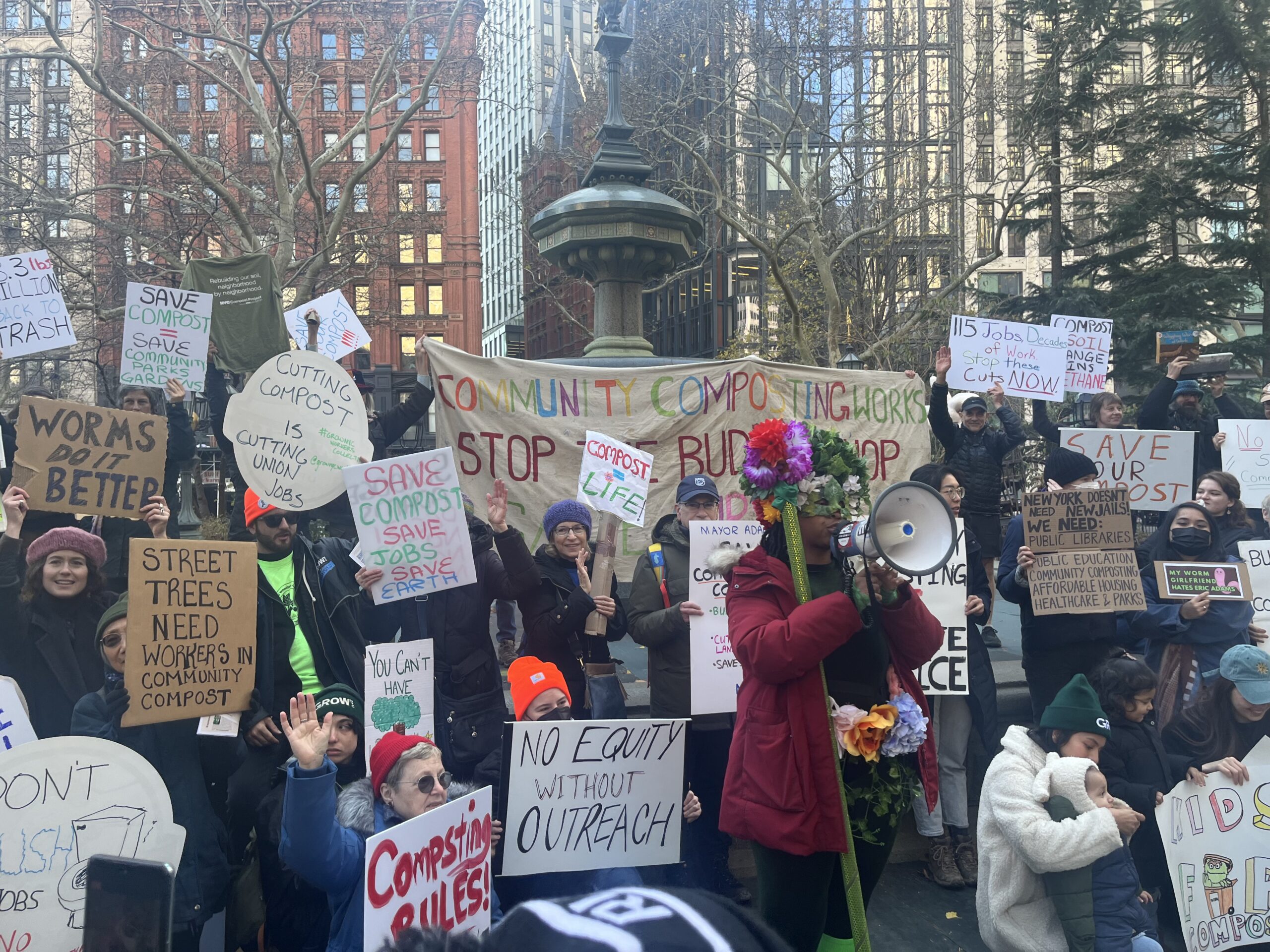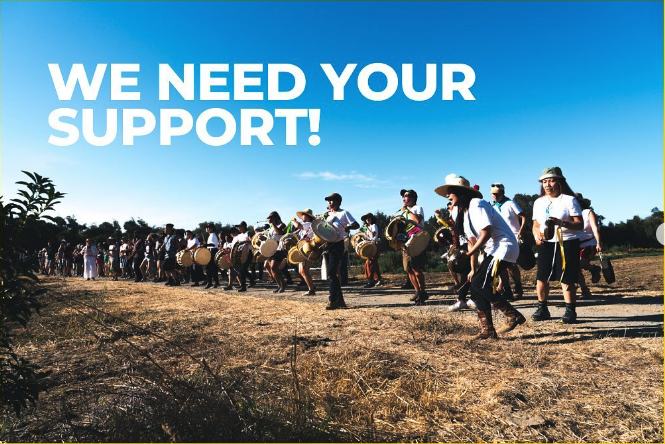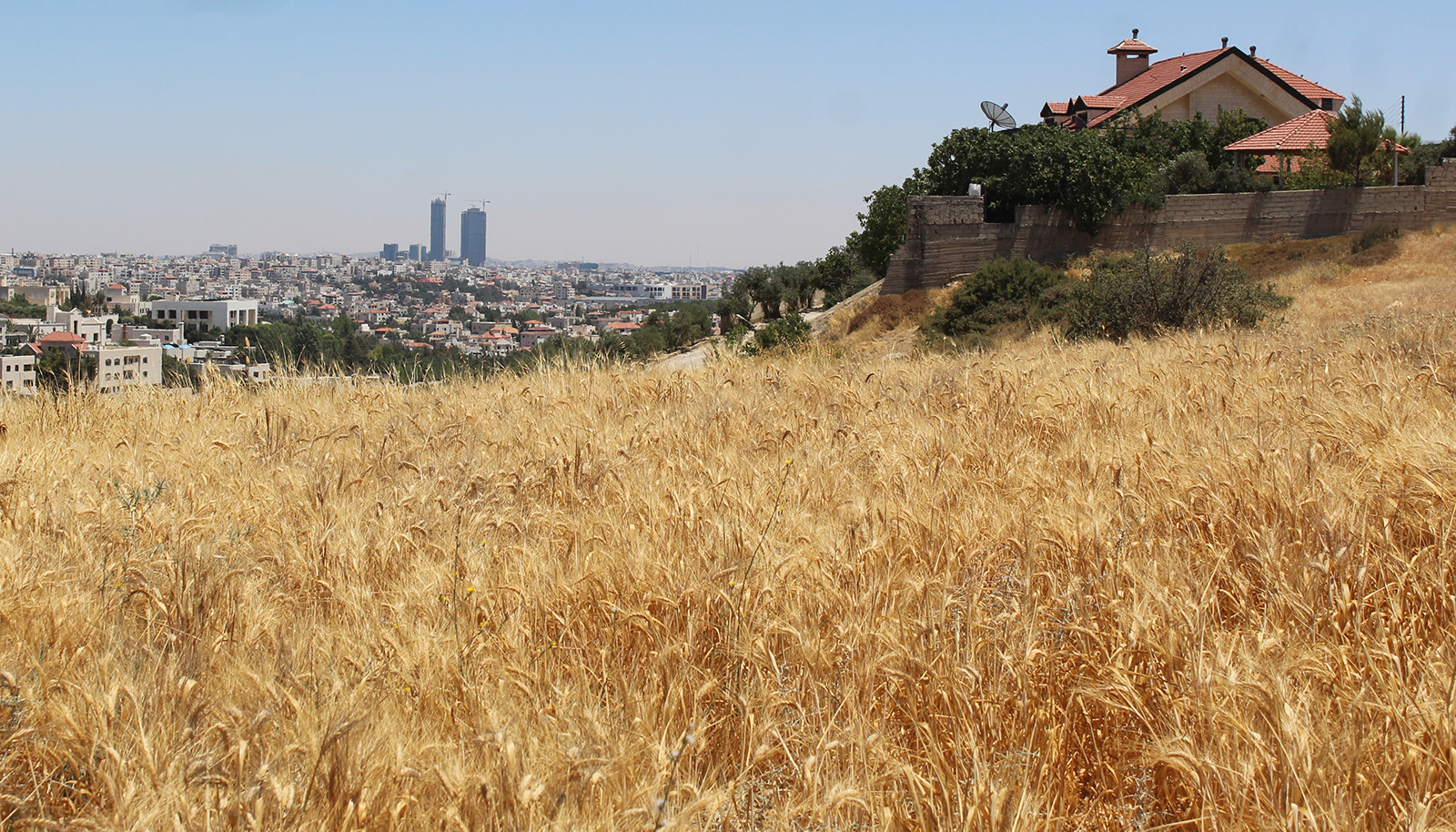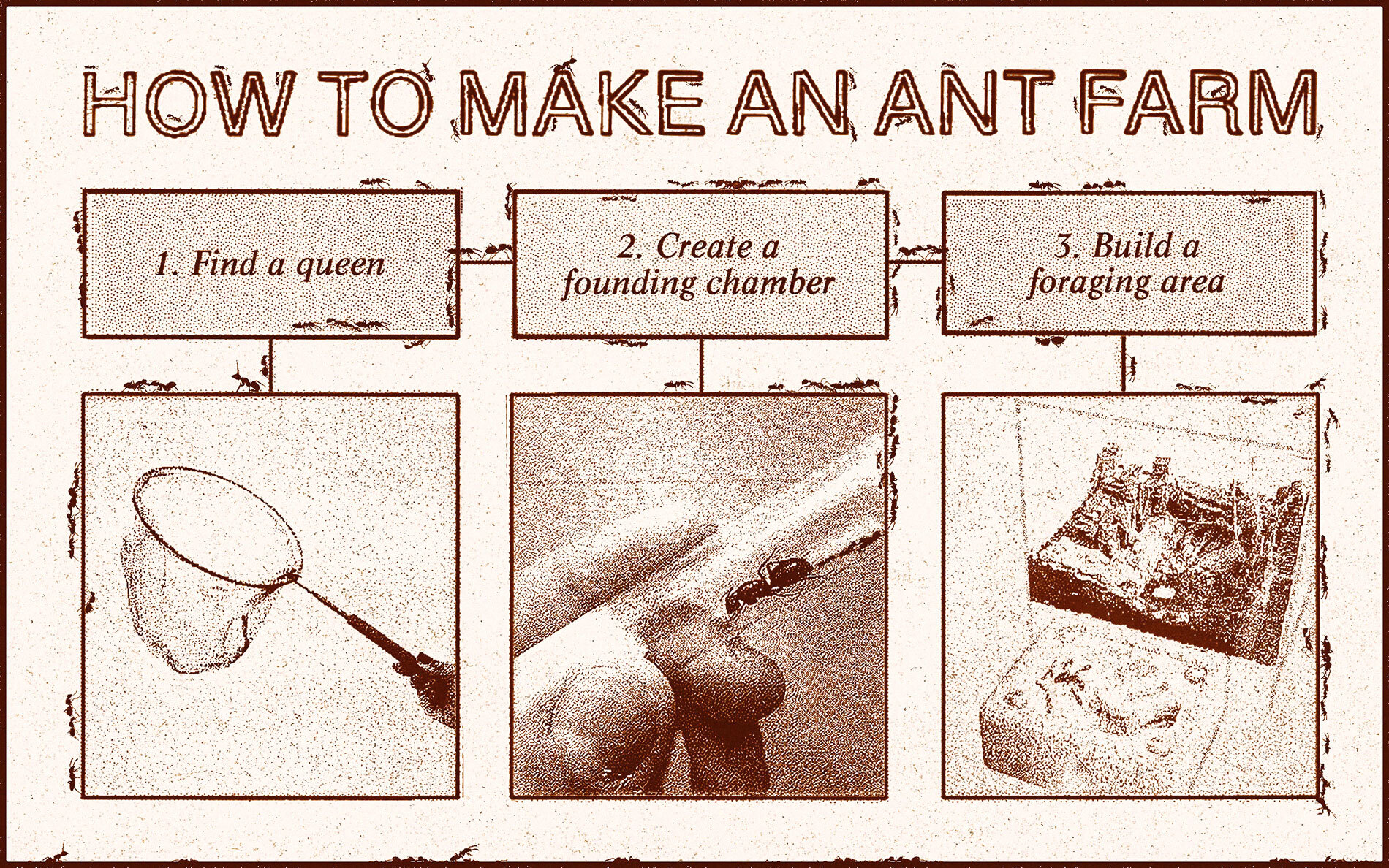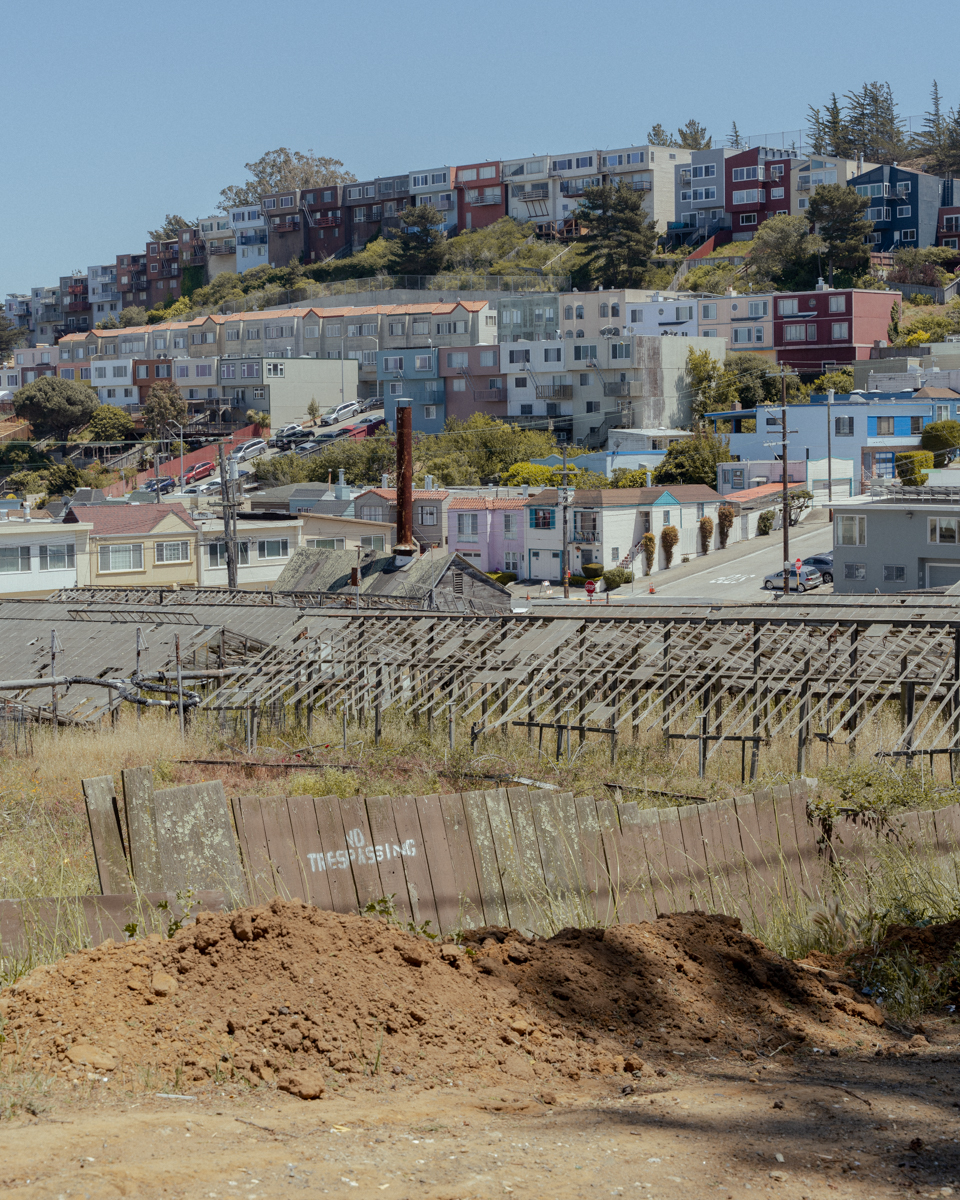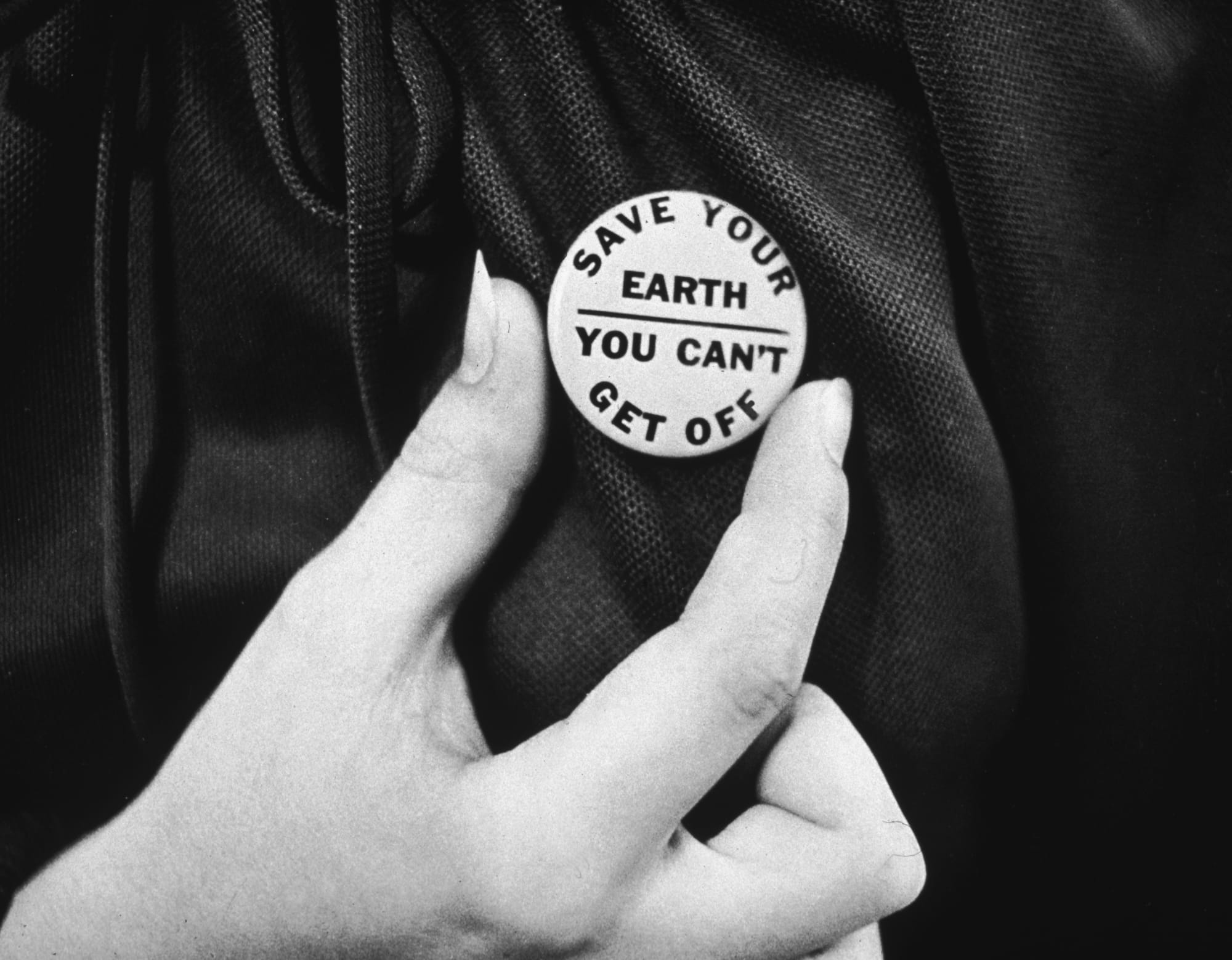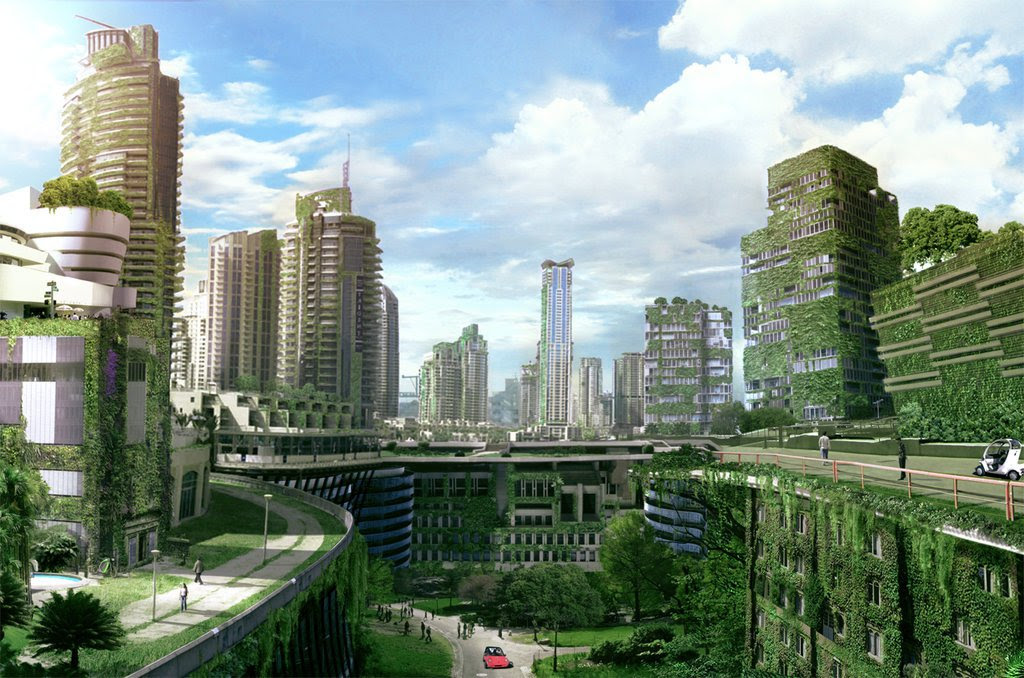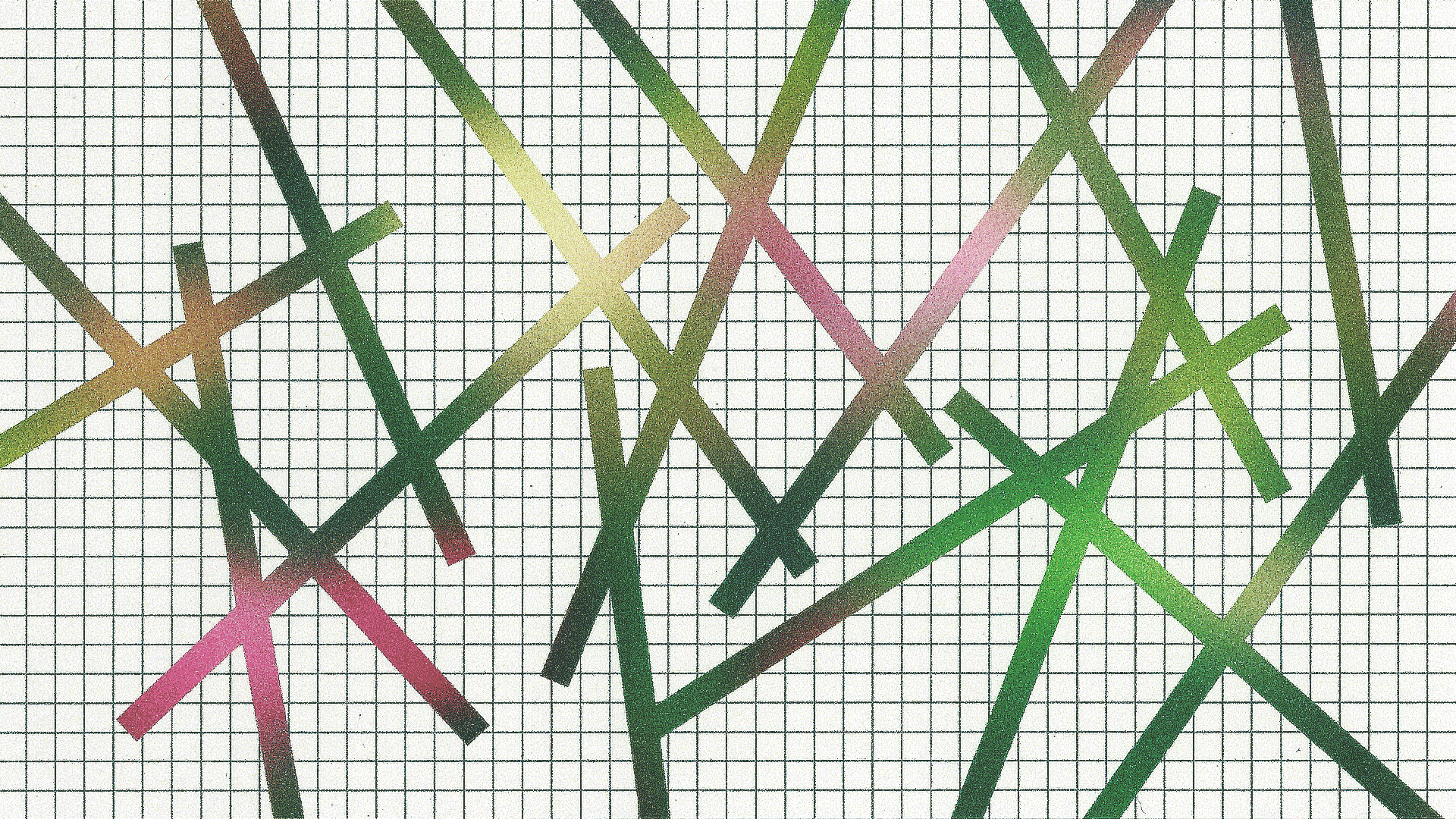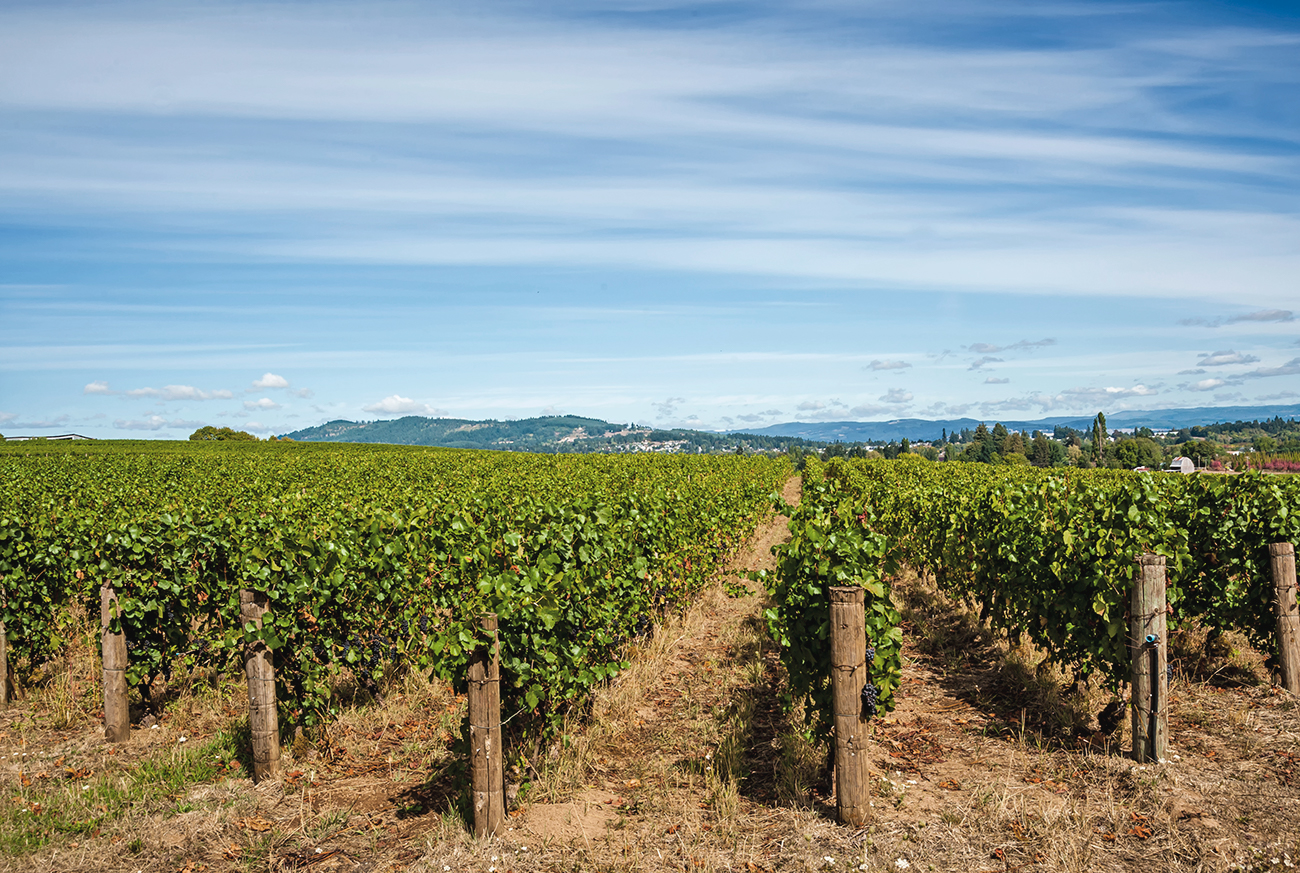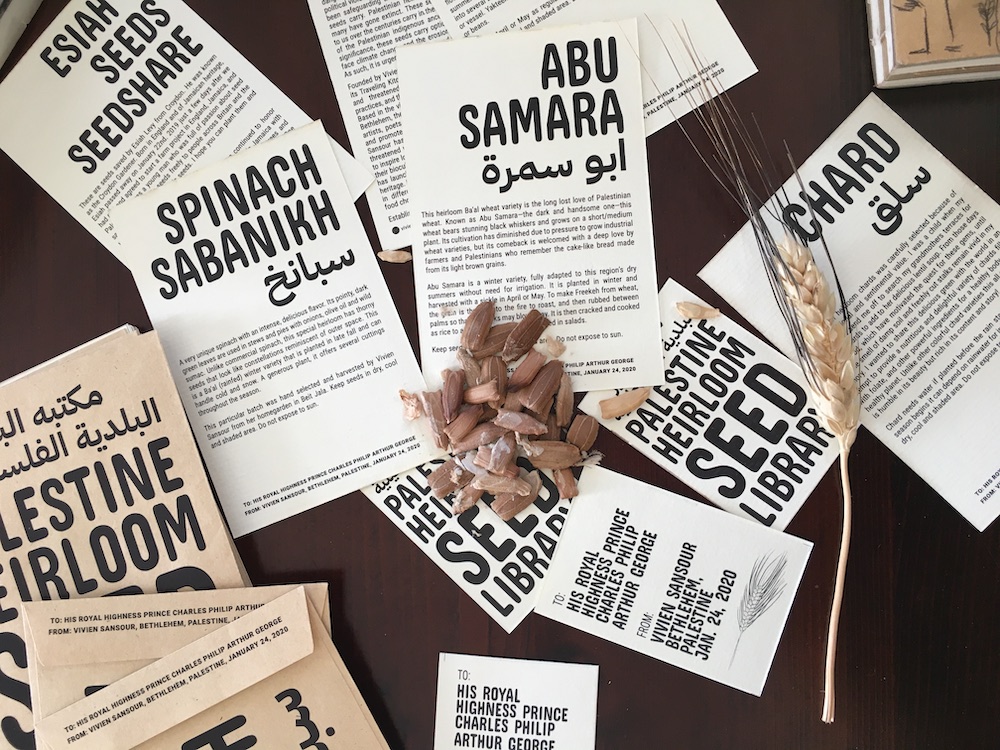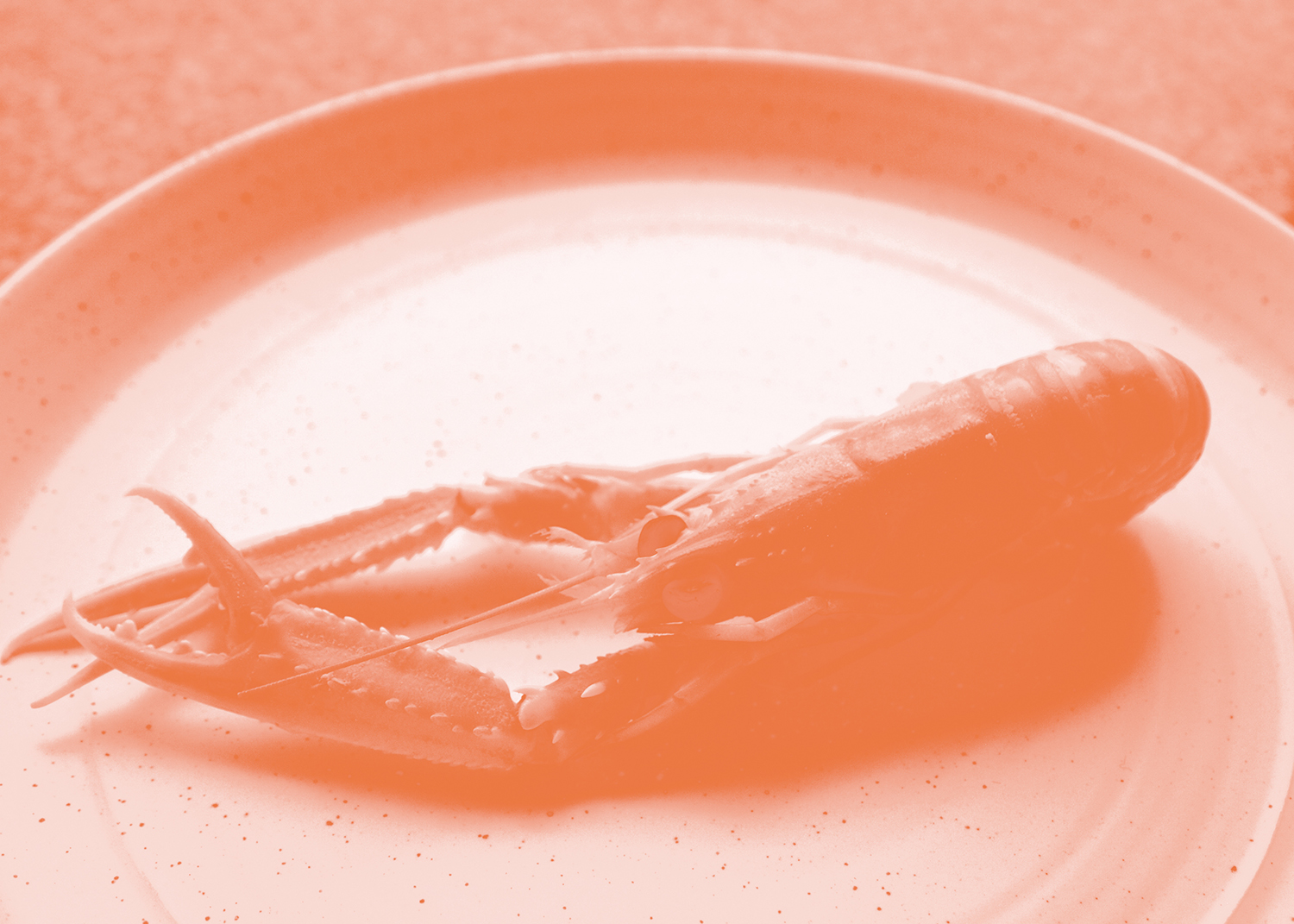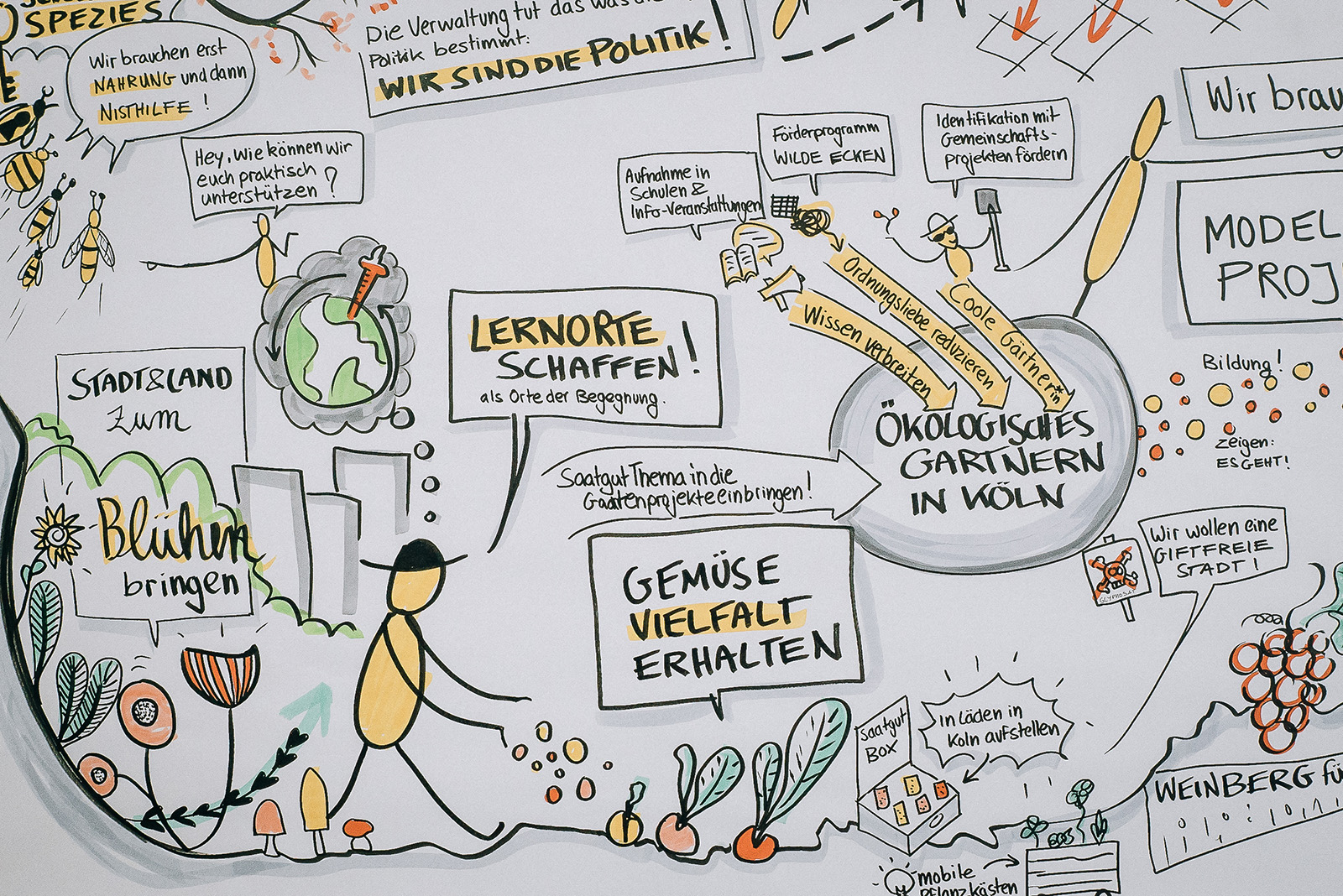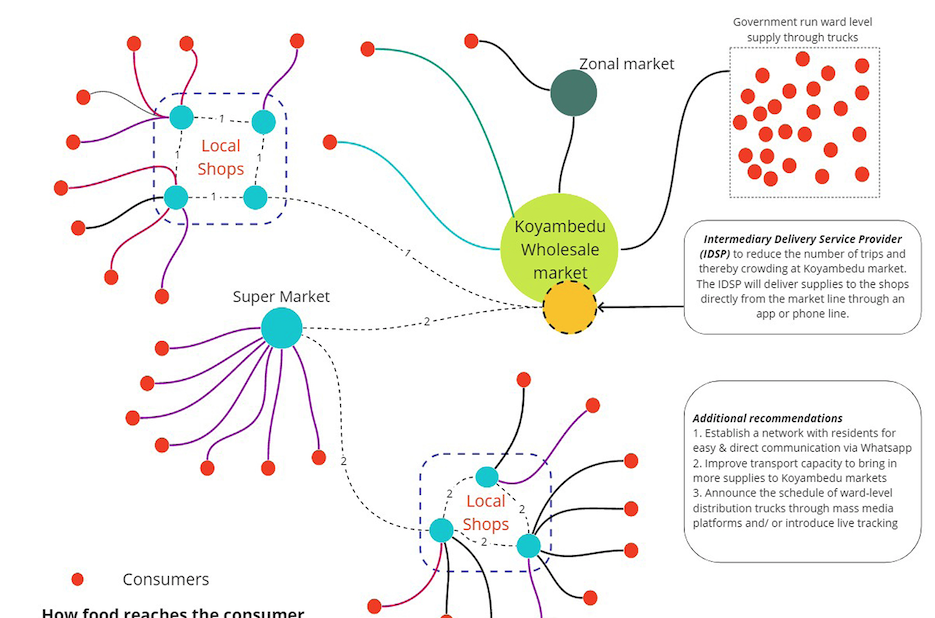It’s love in the time of COVID-19. Grocery stores in New York are sold out of staples like bottled water, bread, and toilet paper. The public school system debated school closures as the health crisis loomed because hundreds of thousands of school children rely on the city’s school meals program for breakfast, lunch and afterschool meals. As millions of people around the world self-isolate to contain the spread of COVID-19, this seems like an opportune time to plant seeds, both literally and figuratively, for food independence.
By the end of the second World War, over a third of the produce consumed in the United States was grown and harvested from an informal network of private and public gardens known colloquially as Victory Gardens. These Victory Gardens were a result of a mass campaign by the United States’ Department of Agriculture to educate and introduce people to the essential nature of growing your own food.
Inspired by the success of WW2 Victory Gardens, MOLD is launching a design research project to empower people to build and care for gardens as a means to create regenerative, local, agroecologies. Beginning with a kit of parts for producing backyard and schoolyard gardens right here in New York City, we hope to use the next two years to roadmap ways for us to disseminate information so that people can begin growing their own food.
So where do we begin? This week while we’re self-isolating, we’ll start building our own backyard raised-bed gardens. Here’s our checklist to build two 4×8 foot boxes:
We’re situating our gardens in a well-drained area that gets about 8 hours of sunlight each day. Using a garden fork, we’ll loosen the soil on our pre-existing plot to improve drainage.
- 3x 2″x12″x16′ Untreated Lumber Planks @ $28.62 each**
- 2 Bundles of 2″ x 2″ x 24″ Landscape Stakes (Pack of 6) @ $8 bundle
- 1 Box 2.5 inch Galvanized or Coated wood deck screws @ $9
- 64 Cubic Feet of Soil @ $7.50/1.5 cubic feet of organic soil (Check out this calculator from our local garden nursery. Recommended mix is 60% top soil, 30% compost, 10% potting mix)
Optional
- Landscape Fabric or Weed Blocker
**Note: Douglas Fir is cost-efficient but if you’re looking for a longer-lasting wood, consider cedar or redwood.
There’s a mountain of information out there for gardening, but here are some of my perennial favorites with links out to their resources for building raised-beds:
Farmer’s Almanac – my favorite gardening/life hack resource, founded in 1792! Subscribe to their newsletter!
GrowVeg – I found this site when looking for an online vegetable garden planner a few years back
Gardeners.com – A retail site with a good informational arm. If you’re looking for an out of the box solution, this is a good place to start!
